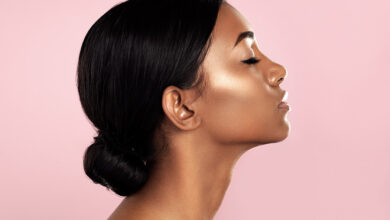As a result, they are also starting to understand the scientific mechanisms for healthy-looking skin. Put simply, if you’re going to put a bunch of weird soaps and creams on your face every day, it’s natural to want to know what’s in them and how they’re going to help.
With that, the skincare industry has seen a growing interest in products that nurture the community of microorganisms that live on your skin: the microbiome. The makeup of your microbiome affects things like your skin’s hydration and acne breakouts, or more persistent conditions like eczema and psoriasis.
Now we’re seeing a rise in products that cater to the microbiome trend. The goal is to promote the growth of good bacteria to improve skin condition, inhibit bad bacteria and maintain a healthy, balanced environment that keeps your skin looking beautiful.





